-
Posts
128 -
Joined
-
Last visited
Content Type
Profiles
Forums
Gallery
Events
Everything posted by Sceatha
-
Just got this book, and although I don't speak Italian, it is evidently an awesome resource. A lot of the plans are printed on single pages, not through the central gutter, and even those which are, I don't think this is a big problem in our digital times. The plans can now be scanned and the distortion of the gutter is easily fixed. The quality of the print in all plans is really crisp and nice, with thin lines. Most importantly, as Cristiano says, some of those Mediterranean vessels I have never found so well documented before. George
-
I actually have the answer to this one: The word dromon (δρόμων) as Steven correctly points out is not a noun but a participle, a form of a verb used to declare "the one who..." (one who runs in this case). The plural in this case (if I am not mistaken, as this is hellenistic koini Greek) should probably be dromontes (δρόμοντες). There was also at the time a dual form, in between singular and plural and used to denote exactly two things. That form would be dromonte (δρόμοντε). All this is extrapolated from the similar participle ἔχων (the one who has/owns). Funnily enough, in modern Greek, the verb dromo (δρομώ) does not exist anymore, so the word dromon is used as a noun, usually in the modernized form dromonas (δρόμωνας), having lost the connection to the verb. In this case the plural is dromones (δρόμωνες). This is shaping up great Steven! It's gonna look stunning and very lifelike when it's done. George
-
Coming along nicely Steven! You say you make the sails narrower to avoid bulk, which makes sense, but how did you judge the adjusted size/shape? Is it by guessing or did you do any tests? George
-
Thanks Hellmuth! Since I do not have much progress to post yet, I thought I would say a few words about Greek piracy in the time of the Ottoman empire and especially towards the Ottoman decline in the 18th and 19th century. This is after all a pirate ship I am building and piracy in the Aegean has been somewhat neglected by historians. Even a general history of piracy in the Aegean during that period would take several volumes. Yes, there is a lot of it and it was quite diverse in nationalities and motives. There were Turkish pirates, pirates from the coast of Africa (the well known barbary corsairs among them), Greek pirates that were robing only Ottoman ships (something akin to unofficial privateers) and, of course, Greek pirates that robbed anybody they met. In this chaos I thought I would focus on certain particularly colorful examples. First off the pirates of Mani. Now Mani is a very interesting place in almost every aspect (historically, geographically, geologically, botanologically etc). It is the middle one of the three peninsulas that protrude from the lower end of the Peloponnese, and has historically always been a a world of its own. The remnants of the Byzantine towers still dot the land and even an entire Byzantine castle town survives in Mystras. Under the Ottoman rule Mani had always been an unstable province to say the least, home to many well known warlords that kept their own regiments and many of whom regularly dealt in piracy and smuggling. Stories of hidden pirate treasures and the well known pirates themselves, like Lyberakis, One-eyed Sassaris, Mavromichalis and other still survive today. A well known Greek nautical verse is indicative of the fear sailers held for these coasts: Από τον Κάβο Ματαπά Σαράντα μίλια μακριά Κι από τον Κάβο Γκρόσο Σαράντα κι άλλο τόσο or, roughly translated in English: "From Cape Matapa, [you shall keep a distance] of forty miles; and from Cape Groso, forty and again forty." The rhyme refers to the two main capes on the peninsula: In 1718 the treaty of Passarowitz was signed between the Ottoman empire and Venice and the area around Mani became the sea border between the two empires. Since none of two navies would now police the area, the entire coast became a place where pirates (especially Greeks) would gather to repair their ships, get provisions and divide their loot. In the town of Oitylo they established a base that came to be known as Little Algiers, with its own slave market. In 1760 The Greek pirates from Mani established a cooperation with the Maltese pirates. It has been recorded that an unofficial "customs house" existed in Mani, run by a pirate's widow, where traders could pay protection money and get a receipt that would allow them to sail free from the danger of pirates from Malta or Mani. As in any piratical cove all was not always peaceful and many large internal wars have been recorder (like the one between the Mavromichalis and Mantouvalos clans. The locals would also often trap ships by extinguishing and even moving lighthouses or lighting flames on the wrong parts of the coast. The Ottomans repeatedly failed to stop piracy in the area, until finally, after a failed attempt in 1803, they decided to live with it. A chief pirate was chosen in Mani, from the Mavromichalis clan, and he was recognized as the Bey of Mani, who would split the loot of all pirates and pay the Ottoman rulers a percentage. A well known pirate captain of the area was Lambros Katsonis. He was born in the town of Levadia and joined the uprisings that happened in Greece against the Ottoman rule during the Russo-Turkish War (1787 - 1792). When that war ended with the Treaty of Jassy, Katsonis did not accept the result and gathered a fleet of 24 ships and 500 marines to harass Ottoman shipping. He made Porto Kagio, in Mani, his base of operations. When his fleet was cornered and destroyed there, he managed to flee to Odessa and Yalta. More about the pirates in the northern Aegean and the Black Squadron soon. Hope this makes up for the slow progress in the model. George P.S.: A few modern photos of the area: Cape Matapa (Tainaro) with Cape Groso in the distance: One of the many natural harbors/coves in the area: The Byzantine castle town of Mystras:
-
Welcome Steven, honoured to have you here! This illustration has been haunting me a long time now in combination with the Amati plans. There are enough hints of similarities to several traditional Mediterranean vessels to make it very interesting. George
-
Those look awesome Steven! You should consider a little side project diorama where you have a bunch of these guys pulling at a garden hose, just to immortalise the event.
-
Hello again! Continuing the internal structure of the bulwarks and framing. There is a peg attached to every other frame, these will support the rowing benches. The oar slot have also been cut. The slots are deeper towards the stern as the sheer does not follow the deck of the curve (as discussed previously). Cheers! George
-
So, I was lucky to find some really nice looking cherry wood and I did the planking with that, adding some walnut details: Next came the internal structure. Deck were planked in Basswood. The frames were too wide apart in the Amati plans (box 1 in the image below), so I decided to double their number (box 2 below): Measuring from the deck, I cut the slots for the oars. As I have said above the plans show round oarholes, but the woodcut clearly show the oars rest on slots. The slots are necessarily longer towards the bow and stern, as the curve of the wale does not follow the curve of the deck, this can be seen in the woodcut, as the rowers towards bow and stern protrude above the wale less than the ones amidships. Thanks all, George
-
This is going great Hellmuth! As you know, I have spent some time studying this ship, and I think your model is going to be the definitive depiction of this one. Any museum would be glad to have this! Looking forward to seeing the outer planking. George
- 158 replies
-
- byblos ship
- Egyptian
-
(and 1 more)
Tagged with:
-
Thank you for the kind words @Hellmuht Schrader ! I am closely watching your progress on the Byblos ship. You are definitely setting new standards there, a great build! Thank you @BobG! Glad you liked the website, just a place to keep my work and research together. I try to keep the blog section updated weekly, but it has not been easy with work lately. The Xebec is also based mainly on the Amati plans, just like this one here, but with quite a few modifications. George
-
Time for a few words on the most prevalent modification I have made to Amati's plans. The image below shows the height of the bulwark, measured from the deck and the top of the rowing benches, according to Amati's plans. Now this is the first thing that strikes me as wrong when looking at the woodcut: In the woodcut the bulwark comes to well under the armpits of the rowers in the middle of the ship. If the height of the bulwark from the bench top was 64cm, as Amati suggests, only the top half of the head of a 170cm man would be visible (a somewhat tall/average man for that time in the Aegean islands). So the bulwark had to be lowered significantly. I have no reason to question the 45-50cm suggested as the height of the rowing bench and so, after several tries and calculations (measuring my 168cm wife sitting on a 48cm chair) I concluded that the height of the bulwark, measured from the top of the benches should be about 30 cm in the real ship. This means that about 5mm need to be "shaved off". In order to retain the general appearance of the ship (which I think Amati has captured beautifully) the 5mm need to be distributed among the lowering of the bulwark and the raising of the deck, as well as the lower part of the hull, so that the ship would sit low on the water, as in the woodcut. This will also allow for another correction. Amati suggests the oars come out of holes on the sides. I did not like this even before looking at the woodcut, as such holes are not typical of traditional Greek oared vessels. The woodcuts clearly shows the oars are inserted into slots that cut into the bulwark. It could be claimed that a higher bulwark would offer more protection for the rowers, but let's face it, this ship would be dead anyway if caught at it's beam by any amount of firepower. It's one of those vessels that have to either be going towards their enemies or away from them. Luckily, Amati gets a very important thing correct. That is the fact that the bow to stern curve of the deck does not seem to follow the curve of the bulwarks. This is evident in the woodcut by the fact that rowers amidships protrude from the bulwark more than rowers towards the bow and especially towards the stern. The above fix was manually worked into the plans of the frames and the false keel, which were then cut out of birch plywood. More soon. George
-
Just a quick update with a photo. The hull is ready for planking, birch plywood filled in with bass wood (or lime as they call it around here). Also the keel is ready in walnut.
-
This looks awesome Steven! The background proto sounds like a neat idea, though a very detailed image might overcrowd the detail on the ship and draw attention away from it. One of those things were balance matters I guess. George
-
Ευχαριστώ Bruce, welcome to the thread! A few more words from the sources on the actual vessel type follows. From a general interest research piece made for the municipality of Psara: The ‘Galliot’ from Psara had been constructed on the island in the years before the Greek Independence War (1821) and is particularly mentioned in connection to the naval battle of Chesme, when the Russian fleet, under Alexei Orlov and admirals Spiridov and Elphinstone sailed from Psara, with pilots and fire ships from the island. Among them was the well known captain Ioannis Vamvakis from Psara. [...] The islander from Psara had 45 galliots at their disposal (Ioannis Vamvakis was owner and captain of one). With these galliots they blockaded the entire Turkish coast from from the Dardanelles to the coast of Syria. These galliots were light, fast and agile ships. They were used as pirate or merchant ships, in reconnaissance and as blockade runners. They were only rarely used as troop carriers or to tow larger ships. They had a length of 42m and a beam of 4.5m, displacing about 75 - 100 tons. They had a low sheer, a sharp and low bow and a raised stern. They had 16 - 26 sets of oars with one (rarely two) rowers per oar. They carried two or three masts with lateen sails and two or three cannon at the bow. They were manned by over 100 men. The galliots from Psara that took place in the Russo-Turkish war (1768-1774) were smaller than the ones mentioned above (which were constructed after 1780), being about 23m at the keel, 16 sets of oars and carried about 80 warriors. [...] From an article in the Greek Navy Review (1946): The galliot was a small, fast and agile vessel that evolved from the galleys, but much smaller. [...] During the 18th century and the introduction of tall ships in the navies of the Mediterranean, such a galliot with two guns at the bow, was usually carried aboard or dragged behind the larger ships, to be used in reconnaissance, invasions, liaison missions or to pull the ship when becalmed. The British Mediterranean fleet under Nelson used such galliot extensively while the Turkish fleet used galliot in the "light armada". Now, all written sources agree that galliots had at least 16 sets of oars, yet the only good enough depiction of such a ship that we have, and can be considered contemporary in any way, is the one posted above. Which clearly depicts 12 sets of oars. Truth is that most sources refer to earlier examples, going up to the 18th century. We know for a fact that the people of Psara continued to use galliots well into the 19th century and used the extensively during the Greek was of Independence, so the image could be of a ship that is more typical of a later pirate vessel. In any case, sticking to the woodcut made by Kogevinas (based on a drawing from, 1827) is the way for me to go in this build, and all modifications to the Amati plans will be done towards that aim. More to follow, George
-
Thermocles would be a cool name for a Greek waterboiler maker. You guys mind if I trademark it? 😂
-
Hello all, After a very helpful discussion with several of you here and a very enlightening set of resources provided by @Thanasis, I feel ready to tackle this build that has been haunting me a few years now. It all begins with this image: It's found in a Greek museum of engravings (Benaki museum) and according to it's inscription it depicts a galliot from Psara. It is engraved by Lykourgos Kogevinas, a famous Greek engraver in 1938, but is based on a painting by a Lt E. W. Churchill made in 1827. We can assume the Lt served in the British Royal Navy at the time in the Mediterranean and saw the pirate ship first hand. Now Psara is a small island in the Aegean sea, with a very long nautical tradition. Psarians were very active at sea during the Greek revolutionary war and the island is known for the Psara massacre, performed by the Ottoman army in retaliation for blowing up the ship of a Turkish Admiral. According to the Scottish historian George Finlay, the population of the island was about 7000 before the massacre, but it never rose above 1000 afterwards. The Psarians used galliots, usually of more than 32 oars, as warships and in piracy. They provided a number of such galliots to the fleet of Admiral Alexei Grigoryevich Orlov during the Russo-Turkish War of 1768–74, when the Ottoman fleet was destroyed at the Battle of Chesma. According to Russian sources of the time the galliots were very effective reconnaissance, assault and liaison ships. More to follow soon. George
-
Thank you guys for the comments. Much appreciated, George
- 81 replies
-
- egyptian
- byblos ship
-
(and 1 more)
Tagged with:
-
Great stuff about the clothing colours Steven and Liteflight. I have grown sick and tired of all the period movies with everyone dressed in muddy tones from ancient Egypt all the way to the middle ages. Worst Holywood trope ever in my humble opinion. George
-
This is getting more and more impressive Steven, looking forward to every new update. George
-
Great work Hellmuth! It seems like it's going to be a very sturdy build. George
- 158 replies
-
- byblos ship
- Egyptian
-
(and 1 more)
Tagged with:
-
Thank you Hellmuth! Great work on your build!
- 81 replies
-
- egyptian
- byblos ship
-
(and 1 more)
Tagged with:
-
You could make a temporary solid Hull. Insert big blocks of wood, like you did for the underside, but do not glue them. Just screw them in place with long wood screws to the existing blocks. Then sand them to shape. You can then do a double planking, so that it holds the shape and then unscrew and remove the extra blocks. Just make sure you either wax or add some membrane to the extra blocks so the planking does not stick on them.
About us
Modelshipworld - Advancing Ship Modeling through Research
SSL Secured
Your security is important for us so this Website is SSL-Secured
NRG Mailing Address
Nautical Research Guild
237 South Lincoln Street
Westmont IL, 60559-1917
Model Ship World ® and the MSW logo are Registered Trademarks, and belong to the Nautical Research Guild (United States Patent and Trademark Office: No. 6,929,264 & No. 6,929,274, registered Dec. 20, 2022)
Helpful Links
About the NRG
If you enjoy building ship models that are historically accurate as well as beautiful, then The Nautical Research Guild (NRG) is just right for you.
The Guild is a non-profit educational organization whose mission is to “Advance Ship Modeling Through Research”. We provide support to our members in their efforts to raise the quality of their model ships.
The Nautical Research Guild has published our world-renowned quarterly magazine, The Nautical Research Journal, since 1955. The pages of the Journal are full of articles by accomplished ship modelers who show you how they create those exquisite details on their models, and by maritime historians who show you the correct details to build. The Journal is available in both print and digital editions. Go to the NRG web site (www.thenrg.org) to download a complimentary digital copy of the Journal. The NRG also publishes plan sets, books and compilations of back issues of the Journal and the former Ships in Scale and Model Ship Builder magazines.

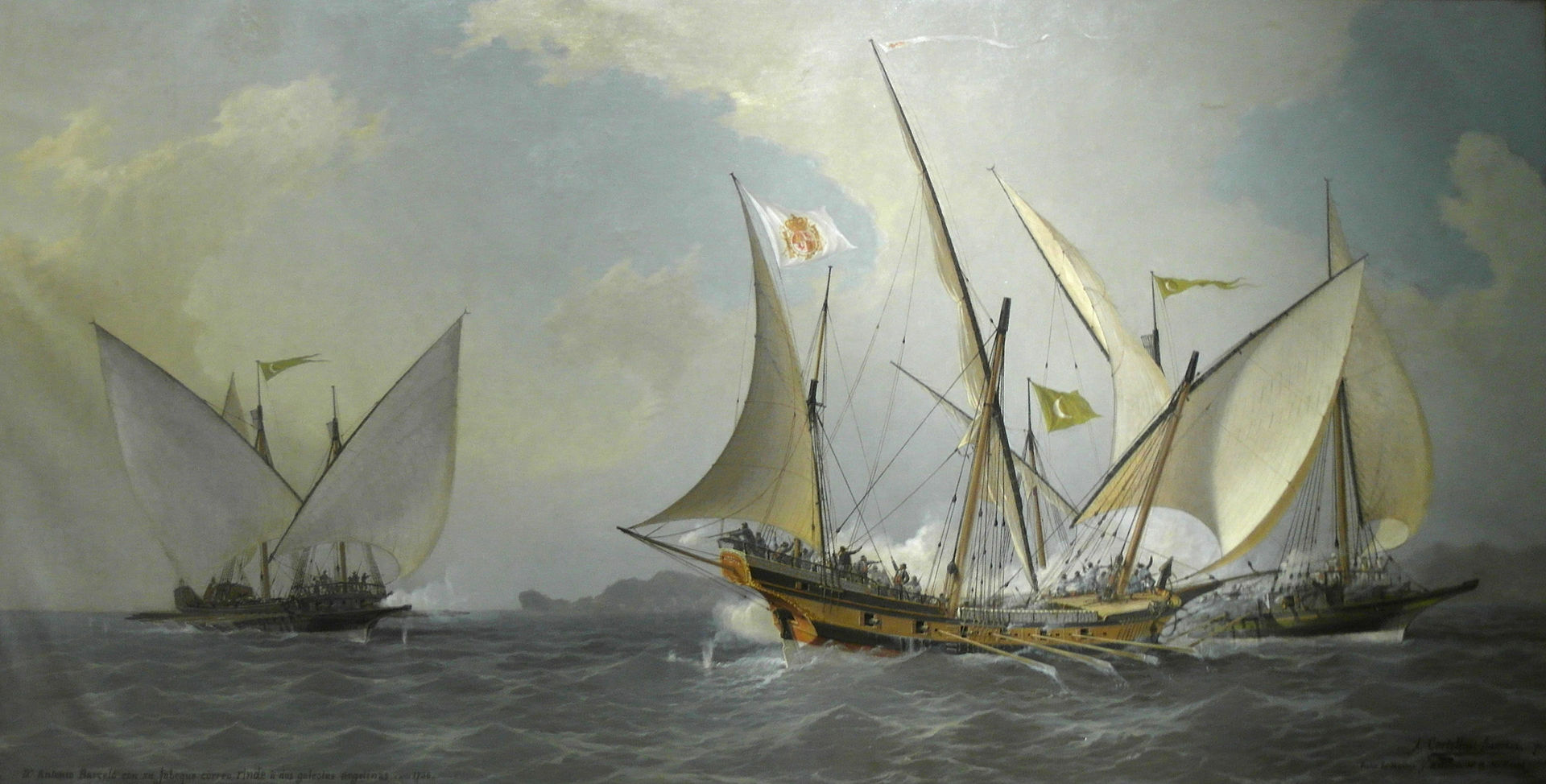


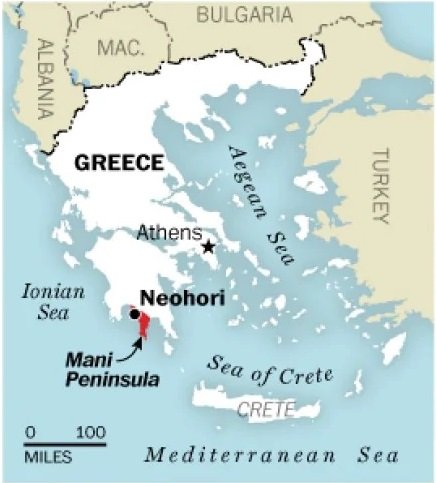

.jpg.2cc22da22074ea3c3258ae6ba46ff1db.jpg)
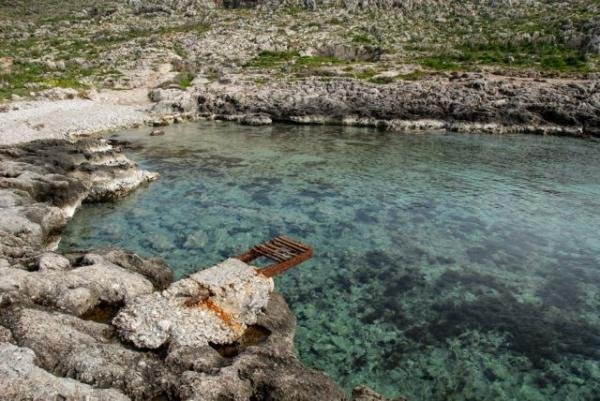
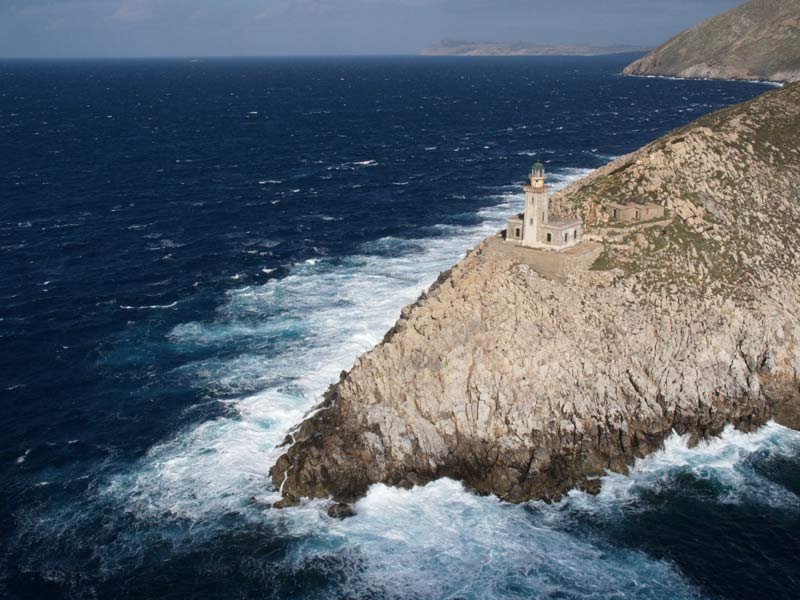

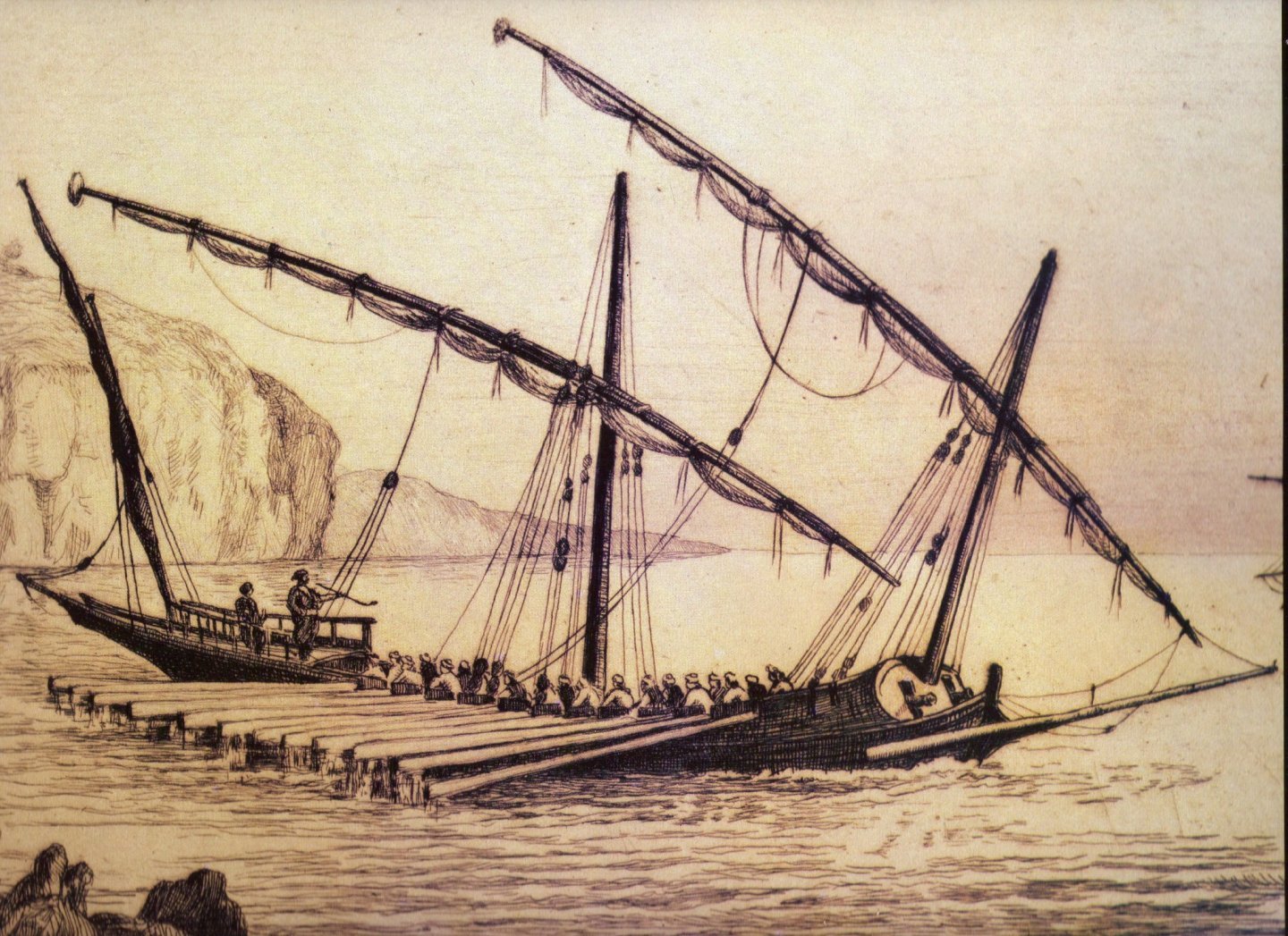
.jpg.7b5c813a4f222ccca24ede0c225913b3.jpg)